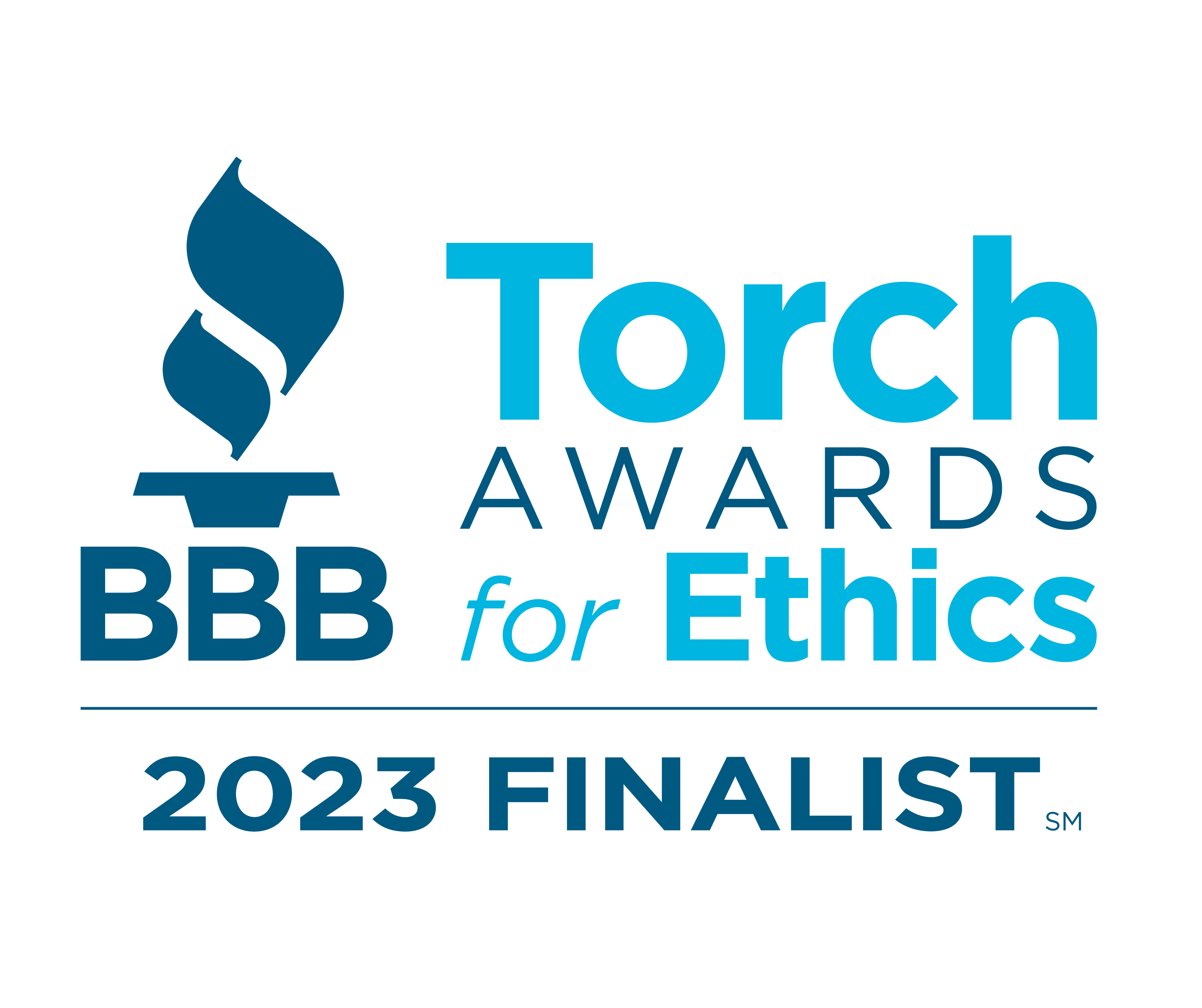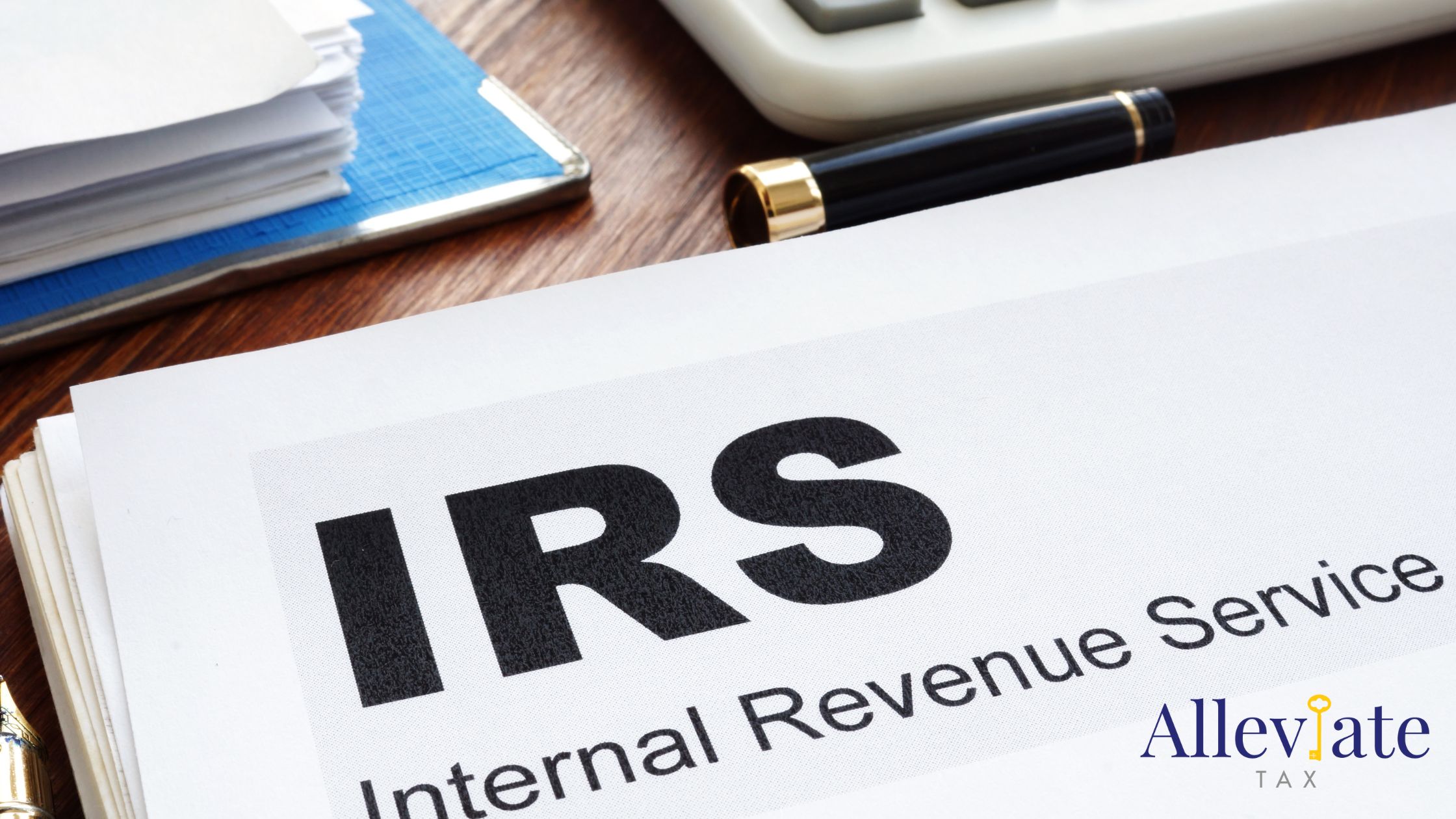Don’t ignore IRS Notice CP504 if you want to avoid an IRS tax levy.
If you have delinquent taxes you can’t afford to pay, the Internal Revenue Service ultimately has a right to place a federal tax lien or a levy on your personal property and even garnish your wages. If you receive a Final Notice of Intent to Levy or CP504 Notice of Intent to Levy, you want to pay attention.
These notices warn you that the IRS may garnish your wages or levy your personal property to cover your tax bill. Before you panic or even reach out to the IRS, it’s important to understand what these notices mean.
Don’t ignore these notices. But do take time to understand your payment options and perhaps even reach out for professional help before you try negotiating with the IRS on your own.
The IRS Resumed Collection Actions
In 2022, the IRS suspended collections actions and stopped sending automated reminders to taxpayers with unpaid federal tax bills. The agency said in a press release that it suspended the mailing of automated reminders following the pandemic.
The agency also announced that it waived failure-to-pay penalties for millions of taxpayers with past due taxes under $100,000 from 2020 and 2021.
In early 2024, the IRS resumed sending tax collection letters to individuals and businesses with back taxes from 2022 and prior. Prior to 2022, the IRS sent at least four letters before mailing a LT 11 or other Final Notice of Intent to Levy. This Final Notice of Federal Tax Levy, along with IRS Notice CP504, Notice of Intent to Levy, came via certified mail with a signature required for receipt.
Since the IRS has now resumed the automated collection process, you should receive a reminder letter showing your total tax liabilities, as well as any waived penalties, before you receive CP501, CP503, or any other collections letters.
But if you didn’t see (or didn’t receive!) the reminder letter or IRS Notices CP501 and CP503, receiving a Notice of Intent to Levy could come as a surprise. Fortunately, even after receiving this notice, it’s not too late to resolve your IRS issues and avoid a tax levy, tax lien, or wage garnishment.
What Is Intent to Levy?
A tax levy gives the IRS permission to levy, or take possession, of your assets. This can include assets in your bank account, investments, income, personal assets, and even Social Security benefits.
If the IRS garnishes your wages, the agency will work with your employer to take a portion of your salary before it even hits your bank account. Your employer must comply.
Fortunately, when you receive a Final Notice to Intent to Levy, you still have at least 30 days to take action.
After those 30 days, the IRS can levy your state tax refund and will begin looking for other money to claim to cover your tax liabilities. The agency may also revoke your passport if you have more than $52,000 in unpaid taxes. If you are applying for a passport or renewing an existing passport, the IRS gives the State Department permission to deny your application.
After you receive a notice of intent to levy, you will receive a Final Notice of Levy and Right to a Hearing.
Difference Between Tax Levy and Tax Lien
The IRS terminology sounds confusing and scary. Before we explore what you should do when you receive a Notice of Federal Tax Levy, let’s talk about the difference between a levy and federal tax liens.
A tax lien gives the federal government a claim to your personal property if you try to sell it. If you have a federal tax lien on your home and you sell the house, the IRS can seize the profits to cover your tax debt. Likewise, if you own a car and try to sell, the IRS is entitled to that money.
A lien may show up on the title to your home or car, making it harder to sell or refinance.
A lien won’t affect your credit score directly, but the IRS reports liens on public records. A lien can make it harder to get a personal loan, mortgage, or financing for a business, even if your credit is good otherwise.
A levy may be considered worse because it gives the IRS permission to seize your personal property to cover your tax debt.
How to Respond to IRS Notice of Levy
To avoid a tax levy, it’s best to respond to the IRS upon your first notice of a past-due tax bill. But we understand why many people ignore these notices. Facing your tax debt is stressful. Contacting the IRS by phone can be time-consuming and frustrating.
If you are facing other everyday stresses, such as work, paying bills, and other high-interest debt, it’s easy to pretend your tax debt doesn’t exist – especially if it’s been lurking in the background for years without a word from tax collectors.
As the IRS begins cracking down on unpaid taxes, it’s time to open those letters, evaluate your financial situation, and create a plan of action.
Alleviate Tax Can Help with These Tax Debt Relief Options
It might be best to enlist the help of a professional tax debt relief company like Alleviate Tax to negotiate with the IRS on your behalf and come to an agreement you can afford.
It might be best to pay your tax debt in full, if you can. But you may be able to negotiate a settlement for less than you owe or get more time to pay. It costs nothing to call Alleviate Tax for a free consultation and see if our experts, including tax attorneys and other professionals, can help save you time and money.
These are some of the options available if you are facing an IRS levy or tax lien.
Request a Collection Due Process Hearing
The Final Notice of Intent to Levy and the Notice of Levy letters both share information on how to request a collection due process hearing. There’s no reason to wait for these letters, though. You can request a CDP any time you have tax debt, even after receiving your first reminder letter.
A CDP allows you to discuss alternatives to an IRS levy, tax lien, or wage garnishments. You may also dispute the amount you owe to potentially reduce your tax debt. If you don’t believe you owe as much as the IRS says you do, a CDP hearing might be your best option.
Remember, the sooner you take action, the faster you can reduce your stress surrounding your tax debt and take control of your financial future.
Offer in Compromise
If you believe the amount of your tax bill is correct but you don’t have the means to pay, you can file an offer in compromise. You may qualify to have your total tax bill reduced and gain as much time as 24 months to pay the balance.
You can file for an offer in compromise if there is doubt as to liability that you owe the amount reflected on your tax bill, or if there is doubt surrounding your ability to pay the full amount before the Collection Statute Expiration Date (CSED), which is typically 10 years.
You can learn more about the statute of limitations on tax debt in this post from Alleviate Tax.
Payment Options
If you can pay off your IRS tax debt within 180 days, you can qualify for a short-term payment plan online. Otherwise, you can set up an installment agreement with the IRS. An installment agreement gives you up to 72 months to pay your tax debt if it is less than $50,000, including interest and penalties.
Alleviate Tax professionals can help you establish payment arrangements, including a partial pay installment agreement, and also help you apply for penalty abatement to reduce the total amount you owe.
Bankruptcy
You can stop an IRS levy by filing for bankruptcy. But this will also suspend the statute of limitations. Once you are out of bankruptcy and it has been discharged, dismissed, or closed, if your tax debt was not discharged, the CSED will resume with an additional six months added, according to the IRS website. Of course, some tax debts may be discharged in bankruptcy.
How to Release a Levy
If you’ve let your tax situation get this far without facing your debt, it’s still possible to release a tax levy. The fastest way to release a levy is to pay the taxes you owe.
However, you may also have a levy released if you can show the IRS that releasing the levy will make it possible for you to pay your taxes. If you enter an installment agreement and negotiate terms that include levy release, the IRS must stop the levy.
If you can show the levy has created undue financial hardship, the IRS may release the levy and negotiate a payment agreement or file your case as “currently not collectible.”
If you’re facing an IRS tax levy, it’s best to seek professional tax help.
FAQs
What is IRS intent to levy?
When the IRS sends a Notice of Intent to Levy, you will have 30 days to respond before the agency can garnish your state tax refund. After 30 days, the IRS may send a Final Notice of Levy, which is your warning that the IRS may garnish wages or seize your personal property to cover your tax debt. It’s a good idea to reach out to a tax professional for help before this happens.
Can the IRS levy your Social Security benefits?
The IRS can levy your Social Security benefits to cover your unpaid taxes. The IRS can garnish as much as 15% of your benefits through the automated Federal Payment Levy Program. If the IRS uses a manual levy, it can garnish more than 15%, leaving just enough for reasonable living expenses, according to IRS Publication 4418.
How do I stop a levy from the IRS?
You can stop an IRS tax levy by paying your tax bill in full, requesting a Collections Due Process hearing, filing an offer in compromise, setting up a payment plan, or filing for bankruptcy. You may be eligible for tax debt relief to stop liens, levies, and wage garnishment.









